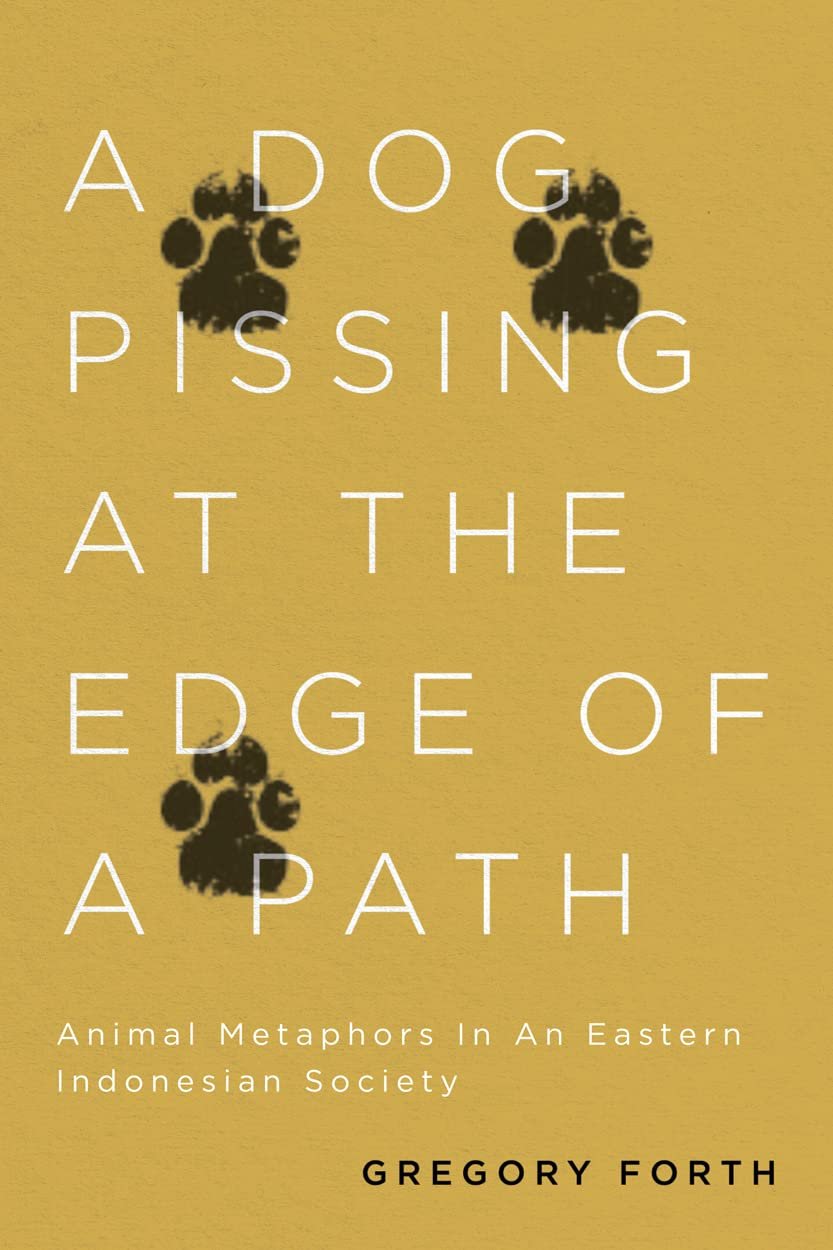Resource Spotlight | “Between Ape and Human: An Anthropologist on the Trail of a Hidden Hominoid” by Gregory Forth
Between Ape and Human
An Anthropologist on the Trail of a Hidden Hominoid
by Gregory Forth
A remarkable investigation into the hominoids of Flores Island, their place on the evolutionary spectrum—and whether or not they still survive.
While doing fieldwork on the remote Indonesian island of Flores, anthropologist Gregory Forth came across people talking about half-apelike, half-humanlike creatures that once lived in a cave on the slopes of a nearby volcano. Over the years he continued to record what locals had to say about these mystery hominoids while searching for ways to explain them as imaginary symbols of the wild or other cultural representations.
Then along came the ‘hobbit’. In 2003, several skeletons of a small-statured early human species alongside stone tools and animal remains were excavated in a cave in western Flores. Named Homo floresiensis, this ancient hominin was initially believed to have lived until as recently as 12,000 years ago—possibly overlapping with the appearance of Homo sapiens on Flores. In view of this timing and the striking resemblance of floresiensis to the mystery creatures described by the islanders, Forth began to think about the creatures as possibly reflecting a real species, either now extinct but retained in ‘cultural memory’ or even still surviving.
He began to investigate reports from the Lio region of the island where locals described 'ape-men' as still living. Dozens claimed to have even seen them.
In Between Ape and Human, we follow Forth on the trail of this mystery hominoid, and the space they occupy in islanders’ culture as both natural creatures and as supernatural beings. In a narrative filled with adventure, Lio culture and language, zoology and natural history, Forth comes to a startling and controversial conclusion.
Unique, important, and thought-provoking, this book will appeal to anyone interested in human evolution, the survival of species (including our own) and how humans might relate to ‘not-quite-human’ animals. Between Ape and Human is essential reading for all those interested in cryptozoology, and it is the only firsthand investigation by a leading anthropologist into the possible survival of a primitive species of human into recent times—and its coexistence with modern humans.
Gregory Forth
Gregory Forth received his doctorate at Oxford and was a professor of Anthropology at the University of Alberta for more than three decades.
He is a fellow of the Royal Society of Canada and is the author of more than one hundred scholarly papers and several academic books.
This is his first book for a general audience.
Disclaimer: This is not a sponsored post. Art of the Ancestors does not receive a commission should any of our readers purchase the aforementioned book. Art of the Ancestors is a strictly non-commercial educational platform and has no vested interest in the professional activities of the author listed above. Their words and opinions are their own.





